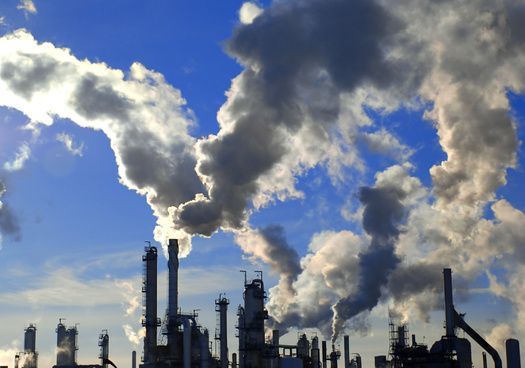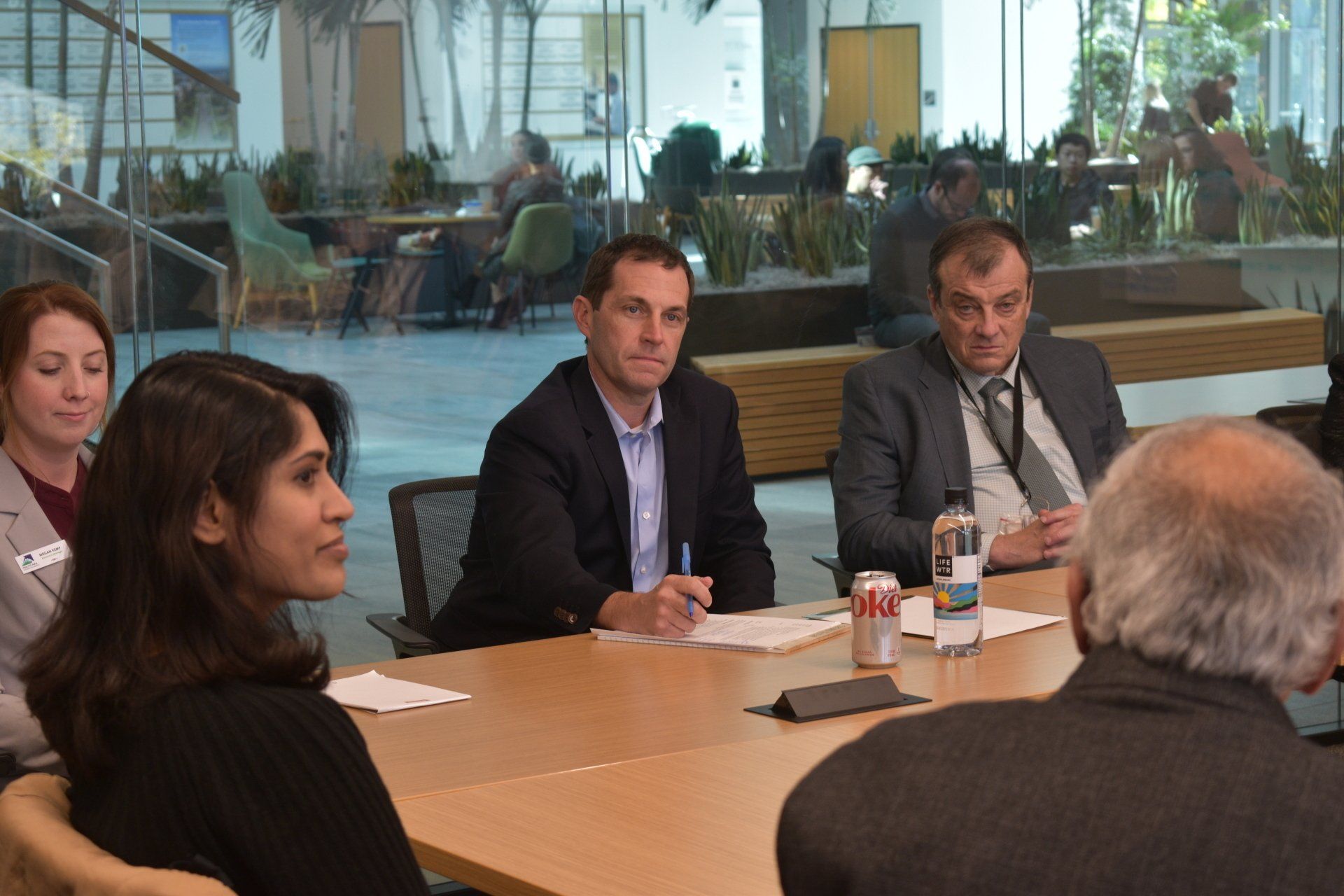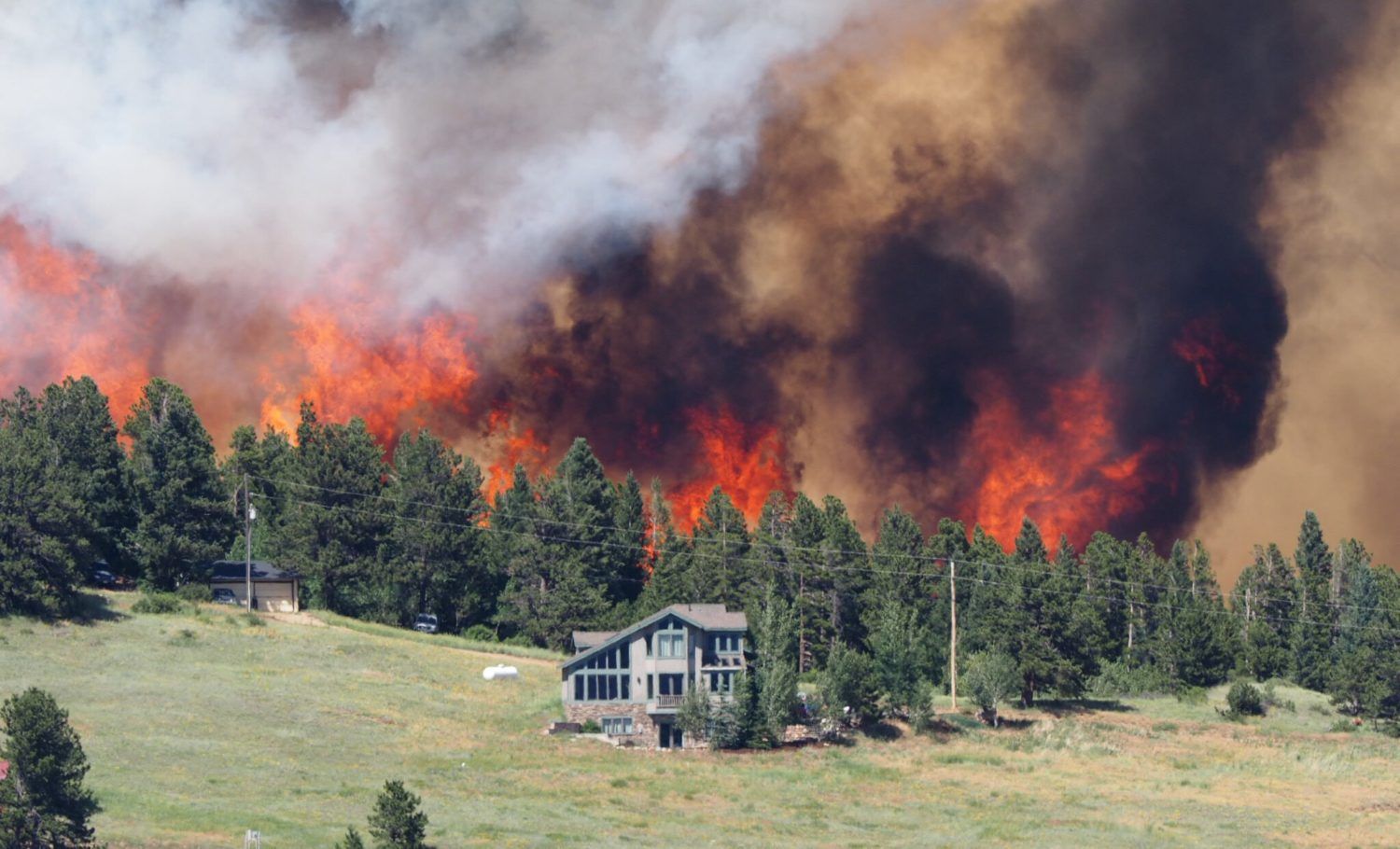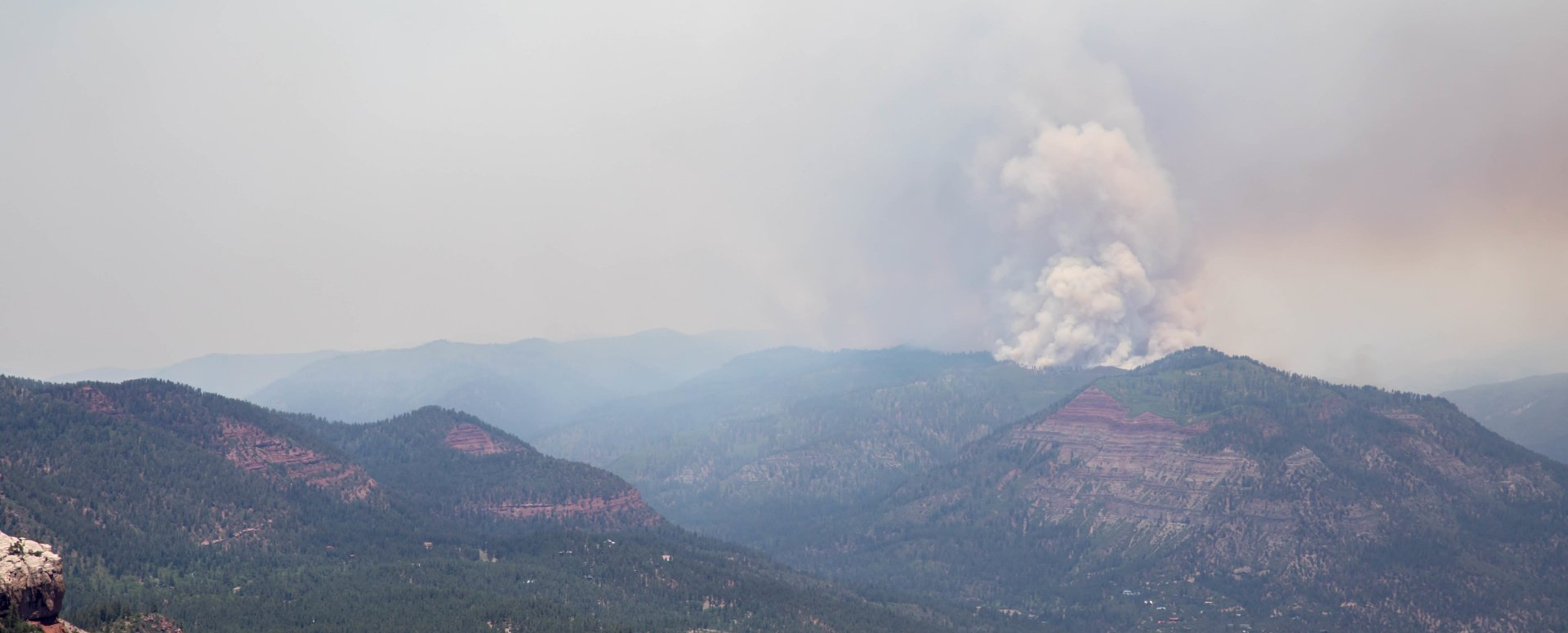Statewide Rules Needed to Protect Public Health From Air Toxics
The science is clear. Air toxics damage our health. So why doesn't Colorado do more to regulate the pollution in the first place?
As health care professionals, we don’t need to tell you about the clear and compelling science around air toxins and the damage they create to human health.
We understand this from the molecular level all the way to the community health level. At the cellular level, toxins breathed in cause inflammation across the body, not just at the lungs, where they enter. In the context of larger community health issues, years of epidemiologic research has pinpointed hospitalizations, poor health outcomes, increased risk of a variety of cancers and the compounding years of life lost. These impacts on every level are worse for some of our most vulnerable communities.
Not only do we understand the science, we also understand who the worst offenders in our state are. Here’s a snapshot from ProPublica. You can see the full, national map they developed.
- Harsco Metals- Pueblo Colorado: Estimated excess lifetime cancer risk from industrial sources of about 1 in 4,900. During 5 years of analysis from 2014-2018, the excess risk at this location has ranged from as low as 1 in 1 million, to as high as 1 in 1,600. In 2018, the risk was 1 in 2,500.
- Terumo BCT Sterilization Services, Inc., Wheat Ridge, Colorado: Estimated excess lifetime cancer risk from industrial sources of about 1 in 5,900, or 1.7 times the EPA’s acceptable risk. During 5 years of analysis from 2014-2018, the excess risk at this location has ranged from as low as 1 in 6,500, to as high as 1 in 5,300. In 2018, the risk was 1 in 6,500.
- Total Petrochemicals & Refining USA Inc (Total Cray Valley): This location has an estimated excess lifetime cancer risk from industrial sources of about 1 in 34,000. During 5 years of analysis from 2014-2018, the excess risk at this location has ranged from as low as 1 in 77,000, to as high as 1 in 27,000. In 2018, the risk was 1 in 31,000.
- Trapper Mining Inc, Hamilton, Colorado: This location has an estimated excess lifetime cancer risk from industrial sources of about 1 in 27,000. During 5 years of analysis from 2014-2018, the excess risk at this location has ranged from as low as 1 in 31,000, to as high as 1 in 24,000. In 2018, the risk was 1 in 24,000.
In recent years, Colorado has attempted to improve monitoring. Unfortunately, knowing what toxic chemicals polluters are releasing is only the first step toward stopping their release in the first place. In addition to improving monitoring, Colorado must modernize its approach to regulation. Traditionally, polluters were regulated one facility and one toxin at a time. This approach does little to understand the “chemical cocktail” that multiple polluters releasing multiple toxins might be dropping on communities. In fact, Colorado continues to create regulatory limits for individual facilities with no consideration of the health impacts of nearby communities at all.
That could change if lawmakers pass HB22-1244, which would impose a more thorough permitting process that requires regulators to consider the cumulative impact on surrounding communities. It might seem like common sense. Now, in Colorado we need to make it law.


Press Release: Colorado Takes Important Step in Cutting Methane Pollution, But More Action is Needed










